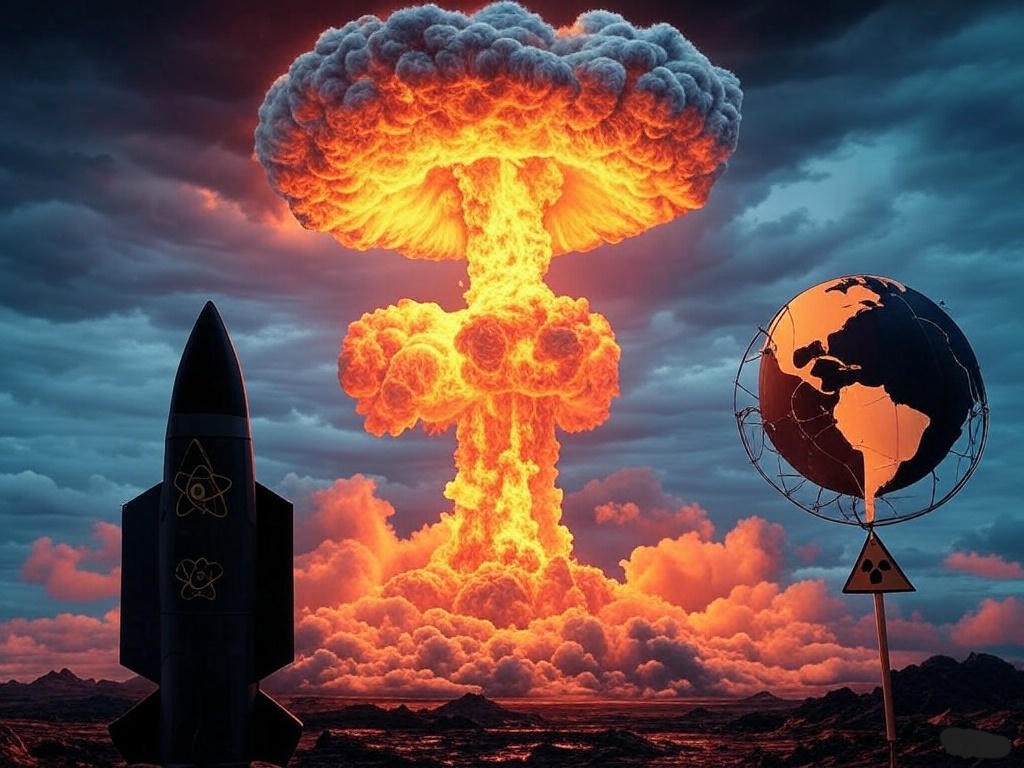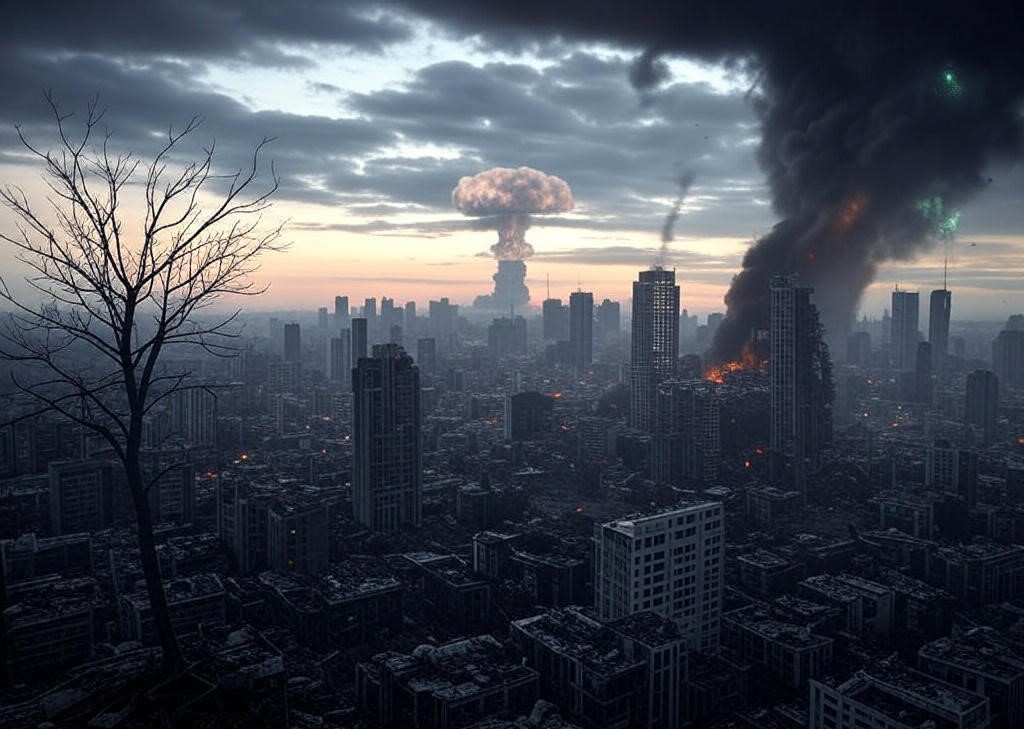Discover the history, devastating effects, and global threats of nuclear weapons. Learn about their impact, key countries, and the need for disarmament in 2025.
Introduction: What Are Nuclear Weapons?
Nuclear weapons are humanity’s most destructive creations, unleashing immense energy through nuclear fission or fusion. A single detonation can destroy cities, kill millions, and cause environmental damage lasting generations. In 2025, nuclear arsenals remain a critical global concern, threatening peace and security. This blog explores their history, catastrophic effects, the nations that possess them, and the urgent need for disarmament. By drawing on reliable sources, we aim to inform readers about this pressing issue and the path to a safer world.

The History of Nuclear Weapons
The nuclear age began with the Manhattan Project, a U.S.-led effort during World War II to develop atomic bombs. Scientists like J. Robert Oppenheimer spearheaded the project, which culminated in the first nuclear test, “Gadget,” in 1945 in New Mexico.
Hiroshima and Nagasaki: A Turning Point
On August 6, 1945, the U.S. dropped “Little Boy” on Hiroshima, Japan, killing about 80,000 people instantly. On August 9, “Fat Man” struck Nagasaki, claiming around 40,000 lives. These bombings ended World War II but revealed the horrifying power of nuclear weapons, sparking a Cold War arms race between the U.S. and the Soviet Union. The events shaped global nuclear policy and ethics debates.
Read about Hiroshima and Nagasaki from history

How Nuclear Weapons Function
Nuclear weapons operate through two processes:
- Fission: Splitting heavy nuclei (e.g., uranium-235 or plutonium-239) releases massive energy, as seen in the Hiroshima bomb.
- Fusion: Combining light nuclei (e.g., hydrogen isotopes) powers hydrogen bombs, which are far more destructive.
Yields are measured in kilotons or megatons of TNT. The Hiroshima bomb was 15 kilotons, while modern weapons can exceed 1 megaton, capable of wiping out entire regions
Explore nuclear technology from wikipedia

Effects of Nuclear Weapons
Nuclear detonations cause immediate and long-term devastation, impacting humans, infrastructure, and the environment.
Immediate Effects
- Blast Wave: A shockwave levels buildings and kills instantly.
- Thermal Radiation: Temperatures of thousands of degrees burn and vaporize everything nearby.
- Ionizing Radiation: Causes acute radiation syndrome, leading to organ failure and death.
Long-Term Effects
- Cancer and Mutations: Radiation exposure increases risks of leukemia and genetic defects.
- Environmental Damage: Radioactive fallout contaminates soil, water, and air for decades.
- Psychological Trauma: Survivors face PTSD and social stigma, as seen with Japan’s hibakusha.
These effects overwhelm medical systems and disrupt societies for generations.

Nuclear-Armed Countries in 2025
Nine countries possess approximately 12,100 nuclear warheads as of 2025:
| Country | Approx. Warheads |
|---|---|
| 🇷🇺 Russia | 5,580 |
| 🇺🇸 USA | 5,044 |
| 🇨🇳 China | 500+ |
| 🇫🇷 France | 290 |
| 🇬🇧 UK | 225 |
| 🇵🇰 Pakistan | 170 |
| 🇮🇳 India | 172 |
| 🇮🇱 Israel | 90 (undeclared) |
| 🇰🇵 North Korea | 50 |
- Russia and USA: Hold over 90% of global warheads.
- China: Expanding its arsenal rapidly.
- Israel: Maintains ambiguity about its stockpile.
- North Korea: Poses regional risks with its growing program.
Proliferation heightens the risk of conflict or accidents.
Check nuclear arsenals from worldpopulationreview

The Threat of Nuclear War
A nuclear conflict would be catastrophic, with global repercussions.
Potential Impacts
- Nuclear Winter: Soot from explosions could block sunlight, causing global cooling and crop failures.
- Mass Casualties: Millions would die instantly, with billions affected by radiation and famine.
- Economic Collapse: Trade and infrastructure would crumble.
- Ecosystem Damage: Radiation and climate shifts would harm biodiversity.
The doctrine of mutually assured destruction (MAD) deters large-scale war, but risks persist in tense regions like Ukraine, Korea, and South Asia.

https://education.nationalgeographic.org/resource/nuclear-energy
The Case for Nuclear Disarmament
Eliminating nuclear weapons is essential for global peace. International efforts include:
- Treaty on the Prohibition of Nuclear Weapons (TPNW): A 2017 ban ratified by over 70 nations, though nuclear powers haven’t joined.
- Non-Proliferation Treaty (NPT): A 1968 agreement to curb nuclear spread and promote disarmament.
- New START: A U.S.-Russia treaty limiting warheads, set to expire in 2026.
Challenges include modernization of arsenals and geopolitical tensions. Groups like ICAN advocate for progress.

Conclusion: A Nuclear-Free Future
Nuclear weapons threaten humanity’s survival. From Hiroshima’s scars to today’s arsenals, their risks are clear. Immediate and long-term effects—destruction, disease, and environmental collapse—demand action. By supporting disarmament and raising awareness, we can work toward a safer world. The time to act is now.



